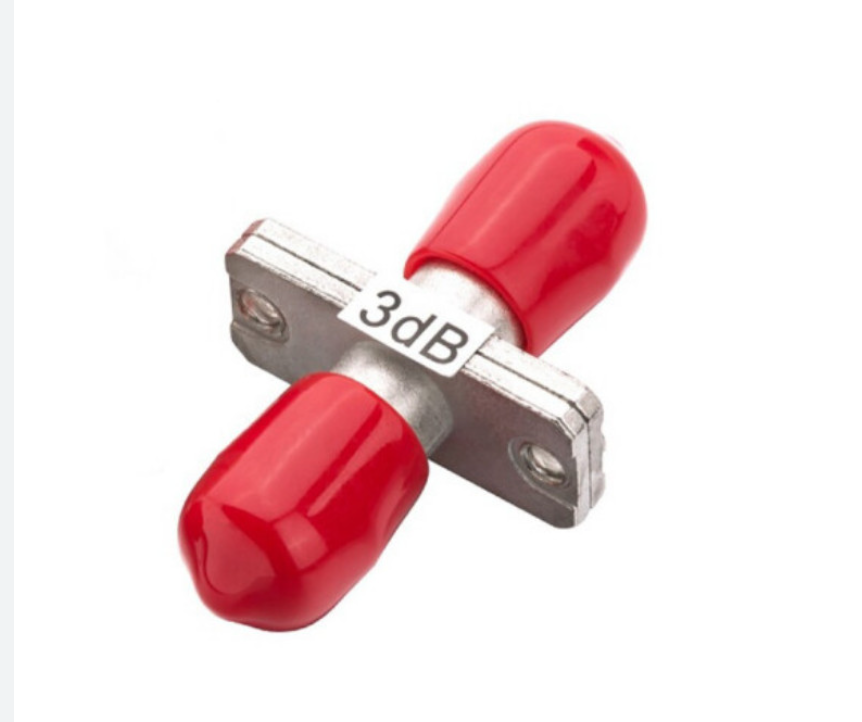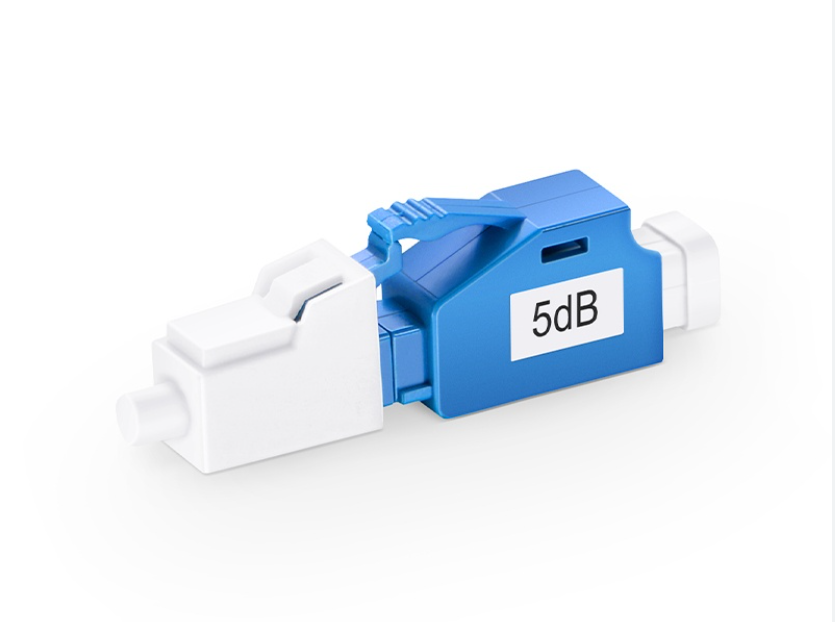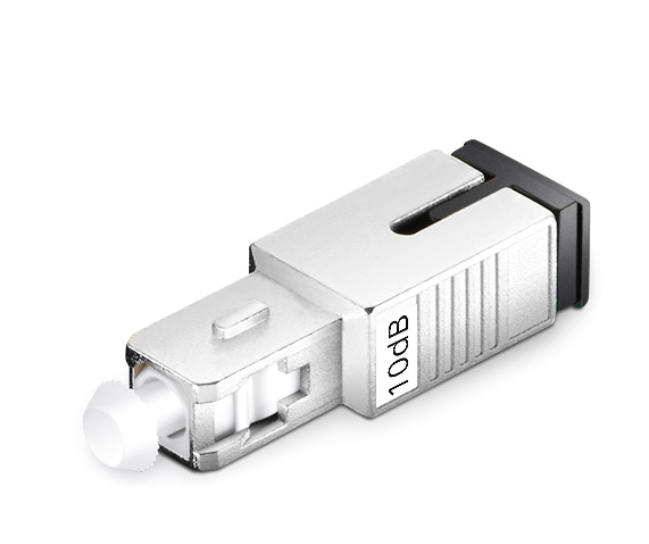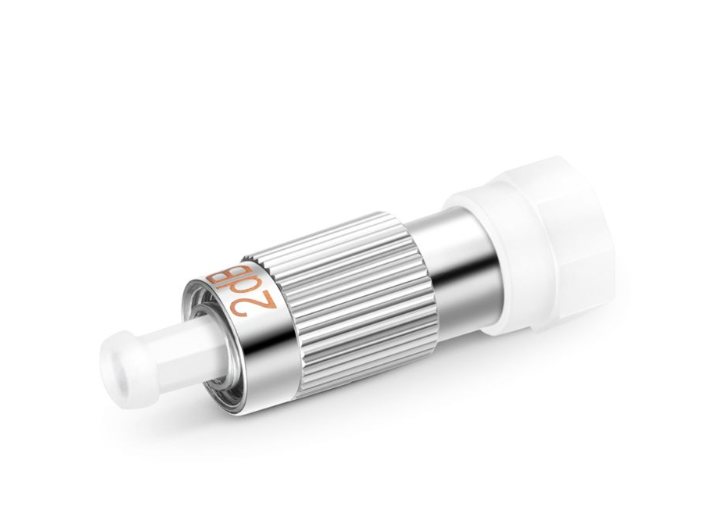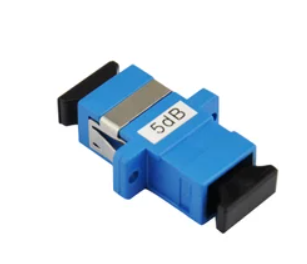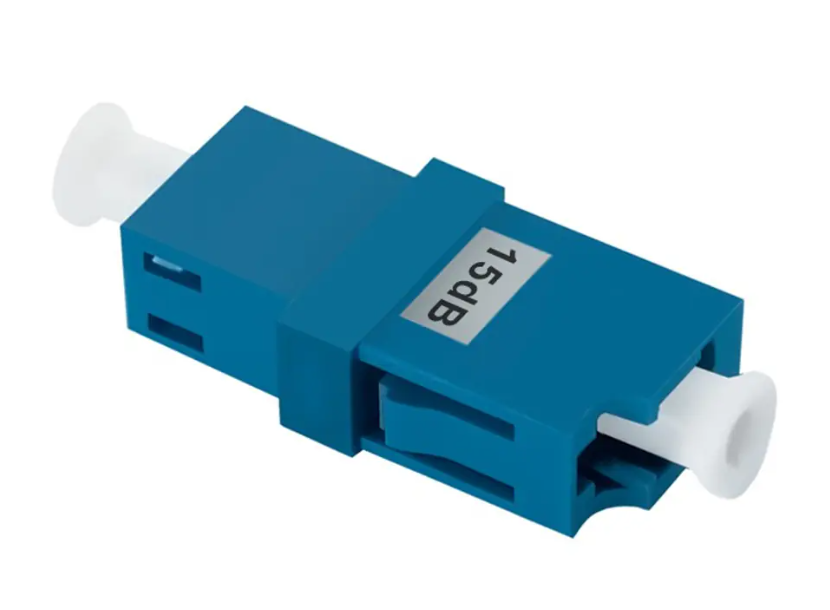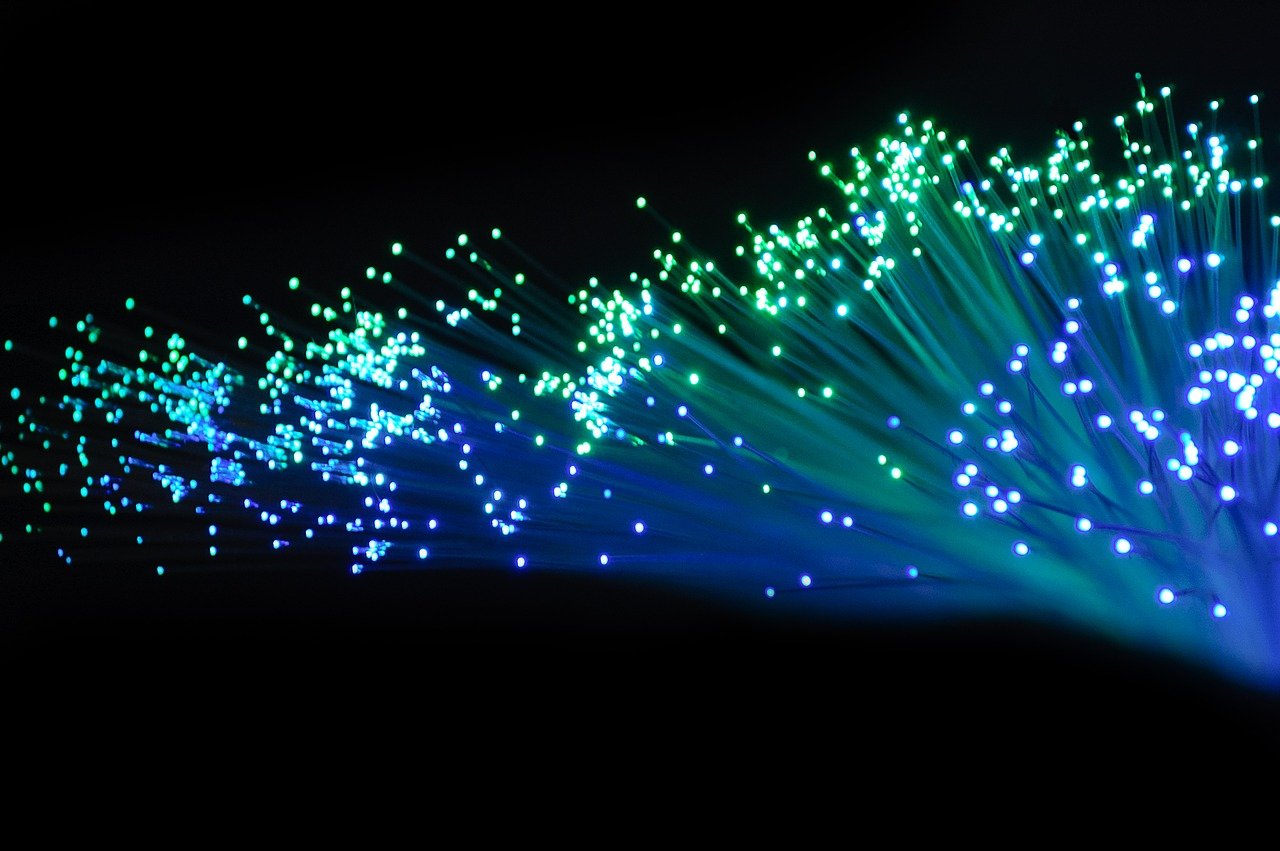The Future of Optic Attenuators: Advancements, Trends, and Innovations
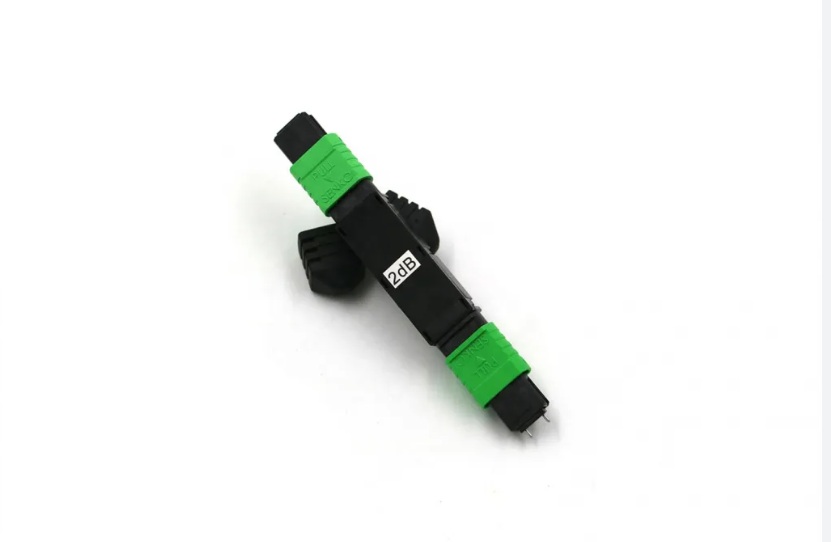
The Role of Optic Attenuators
Optic attenuators are essential components in optical communication systems, playing a crucial role in ensuring the optimal transmission of light signals. These devices are specifically designed to reduce the power level of a light signal without introducing any significant distortion or loss. By attenuating the signal, optic attenuators help maintain the integrity and quality of the transmitted data. Whether it's in fiber optic networks or telecommunications applications, these devices enable precise control over signal strength, allowing for efficient and reliable communication. Fiber optic attenuators serve as indispensable tools for professionals working with optical systems, providing them with the means to fine-tune and optimize light signal levels.
Exploring Types and Applications
Optic attenuators come in different types, each serving specific purposes in optical communication systems. The two main types of optic attenuators are fixed and variable attenuators.
Types of Optic Attenuators
Fixed Optic Attenuators: These attenuators provide a fixed level of attenuation, meaning the signal strength reduction remains constant. They are commonly used in applications where a specific amount of signal reduction is required, such as long-distance fiber optic links or high-power systems.
Variable Optic Attenuators: Unlike fixed attenuators, variable attenuators offer adjustable levels of attenuation. This flexibility allows for precise control over the signal strength, making them ideal for applications that require dynamic adjustments or varying signal levels.
Applications of Optic Attenuators
Optic attenuators find extensive use in both the telecommunications and networking industries due to their ability to optimize light signal transmission.
In the telecommunications industry, optic attenuators play a vital role in ensuring reliable and efficient communication over long distances. They help manage signal power levels, preventing excessive power from overwhelming receivers and avoiding potential damage to sensitive equipment.
In the networking industry, optic attenuators are essential for maintaining proper signal integrity within data centers and network infrastructure. By controlling the strength of light signals, they enable seamless connectivity between network components while minimizing distortion and ensuring optimal performance.
Advancements and Trends
As technology continues to evolve, optic attenuators have also witnessed significant advancements and are influenced by emerging trends in the industry.
Recent Technological Advancements
Miniaturization of Optic Attenuators: One notable advancement is the miniaturization of optic attenuators. Manufacturers are developing smaller and more compact designs without compromising performance. This allows for easier integration into various optical systems, especially in space-constrained environments.
Integration of Advanced Materials: Another technological progress is the integration of advanced materials in optic attenuator construction. These materials offer improved durability, enhanced attenuation characteristics, and better resistance to environmental factors such as temperature variations or vibrations.
Emerging Trends in Optic Attenuators
Increased Demand for High-Speed Communication: With the ever-growing demand for high-speed communication, optic attenuators play a crucial role in ensuring signal quality and integrity. As data rates continue to increase, there is a need for attenuators capable of handling higher bandwidths while maintaining optimal performance.
Growing Adoption of Fiber Optic Networks: The widespread adoption of fiber optic networks across various industries has led to an increased demand for reliable and efficient signal transmission. Optic attenuators contribute to this trend by enabling precise control over signal strength, allowing seamless connectivity within fiber optic networks.
Benefits, Challenges, and Considerations
Optic attenuators offer several benefits in optical communication systems, but they also come with their own set of challenges. Additionally, there are important considerations to keep in mind when selecting the right optic attenuator for a specific application.
Benefits of Optic Attenuators
Improved Signal Quality: One of the primary benefits of using optic attenuators is the improvement in signal quality. By precisely controlling signal strength, attenuators help reduce signal distortion and maintain optimal performance throughout the network.
Prevention of Signal Distortion: Optic attenuators play a critical role in preventing signal distortion caused by excessive power levels. They ensure that the received signals remain within the desired range, avoiding overloading or damaging sensitive components.
Challenges in Optic Attenuator Design
Maintaining Signal Integrity: One of the key challenges in optic attenuator design is maintaining signal integrity while reducing signal strength. It requires careful engineering to ensure minimal insertion loss and negligible impact on other transmission parameters.
Accurate Attenuation Control: Achieving accurate attenuation control across a wide range can be challenging. Attenuators need to provide precise and reliable adjustments to meet varying requirements without introducing additional losses or fluctuations.
Considerations for Optic Attenuator Selection
Attenuation Range: The attenuation range offered by an optic attenuator should align with the specific needs of the application. It is crucial to select an attenuator that can provide the required level of signal reduction without compromising performance.
Connector Compatibility: When choosing an optic attenuator, considering connector compatibility is essential. Ensuring that the attenuator's connectors match those used in the existing optical system guarantees seamless integration and efficient signal transmission.
Successful Case Studies
Examining real-world examples of optic attenuator implementation provides valuable insights into their effectiveness and benefits in different industries.
Case Study 1: Optic Attenuators in Telecommunications
In a large-scale telecommunications network, the implementation of optic attenuators proved to be instrumental in improving signal quality and reducing signal loss. By strategically placing attenuators at key points within the network, signal strength was precisely controlled, ensuring optimal transmission without overwhelming receivers. This resulted in enhanced data transfer rates, reduced errors, and improved overall network performance.
Case Study 2: Optic Attenuators in Networking
The integration of optic attenuators in a data center network demonstrated efficient management of signal strength. In this case, attenuators were utilized to fine-tune light signals between network components, ensuring optimal connectivity and preventing signal distortion. By carefully adjusting attenuation levels based on specific requirements, the network achieved seamless communication while minimizing power fluctuations and maintaining reliable data transmission.
Future Innovations and Optimization Tips
The future of optic attenuators holds exciting possibilities for advancements in technology, as well as optimization tips to enhance their performance.
Potential Innovations in Optic Attenuator Technology
Enhanced Precision in Attenuation Control: Future developments aim to improve the precision of attenuation control in optic attenuators. This will allow for even more accurate adjustments to signal strength, enabling finer control over light transmission and ensuring optimal performance in various applications.
Integration of Intelligent Monitoring Systems: The integration of intelligent monitoring systems is another potential development. These systems can provide real-time feedback on signal quality, power levels, and other relevant parameters. By incorporating intelligent monitoring capabilities into optic attenuators, professionals can gain valuable insights into the performance of their optical communication systems.
Optimization Tips for Optic Attenuator Performance
Regular Maintenance and Cleaning: To maintain optimal performance, regular maintenance and cleaning are essential. Dust or debris accumulation on the attenuator's connectors or optical surfaces can lead to signal loss or degradation. Regular inspections and cleaning help ensure reliable signal transmission.
Proper Handling and Installation: Optic attenuators should be handled with care during installation to prevent damage to delicate components. Following proper installation procedures, including correct alignment and secure connections, helps maintain signal integrity and prevents unnecessary losses.
Embracing the Future of Optic Attenuators
The future of optic attenuators looks promising, with forthcoming advancements and trends that will shape the telecommunications and networking industry. As the demand for high-speed communication continues to rise and fiber optic networks become more prevalent, optic attenuators will play a crucial role in ensuring optimal signal transmission. By embracing these future innovations, professionals can stay at the forefront of technology and leverage the benefits offered by advanced optic attenuator systems. Additionally, following optimization tips such as regular maintenance and proper handling will further enhance performance and efficiency in optical communication systems.
See Also
Advancements and Trends in Rodent Proof Fiber Optic Technology
Wall Mount Solutions and Trends in Fiber Optic Patch Panels
FC/UPC vs FC/APC: The Future of Fiber Optic Patch Cord Connectors
Exploring Passive Optical Splitter Technology: The Future of Fiber Optic Splitters
Switchable Uniboot Patch Cords: The Future of Fiber Optic Connectivity

